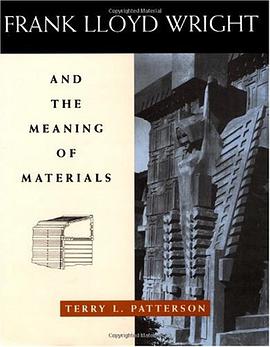

具体描述
This text examines the life and work of British architect C.F.A. Voysey. Voysey was one of the most successful and renowned British architects from the 1890s until the outbreak of World War I. His white-rendered houses with stone window dressings and sweeping green slate roofs combined clarity and simplicity with a sensual appreciation of natural materials. Voysey's belief that the house should embody "Quietness in a storm, economy of upkeep, evidence of protection, harmony with surroundings, absence of dark passages" placed him at the heart of the Arts and Crafts movement, while the elongated simplicity of his furniture together with the fluid, undulating curves of his decorative design made him a formative influence on Mackintosh, Van de Velde and the Art Nouveau style. Voysey's conviction that no detail of a house was too small to deserve the attention of its architect led him to design everything from the plan of the garden to the handles on the kitchen dresser. His reputation spread across Europe and America and in the 1930s John Betjeman, Pevsner and others revived his reputation in Britain as a precursor of the Modern Movement. He was awarded the RIBA Gold Medal in 1940 at the age of 83.
作者简介
目录信息
读后感
评分
评分
评分
评分
用户评价
相关图书
本站所有内容均为互联网搜索引擎提供的公开搜索信息,本站不存储任何数据与内容,任何内容与数据均与本站无关,如有需要请联系相关搜索引擎包括但不限于百度,google,bing,sogou 等
© 2025 book.wenda123.org All Rights Reserved. 图书目录大全 版权所有




















